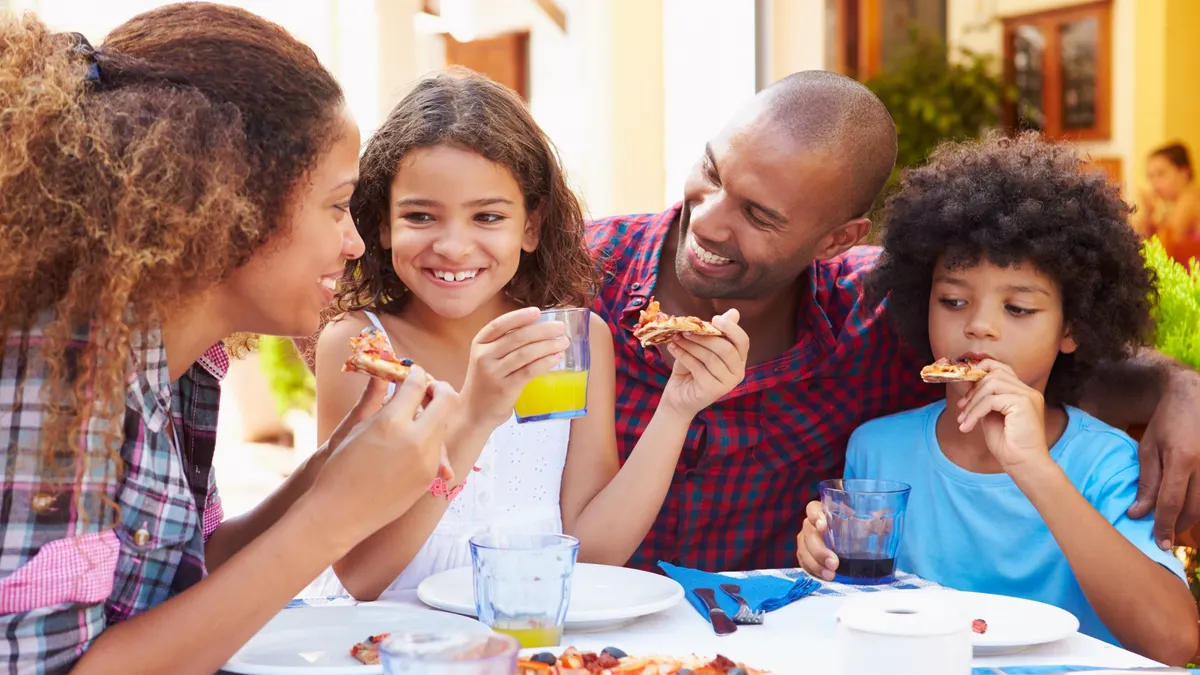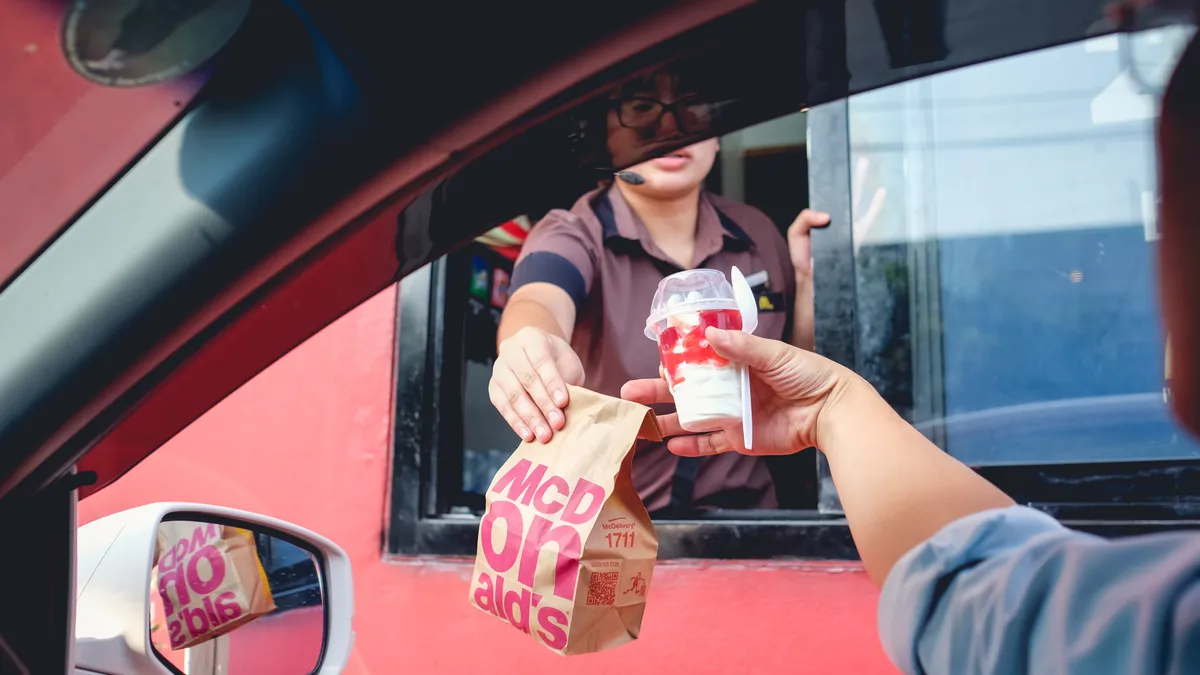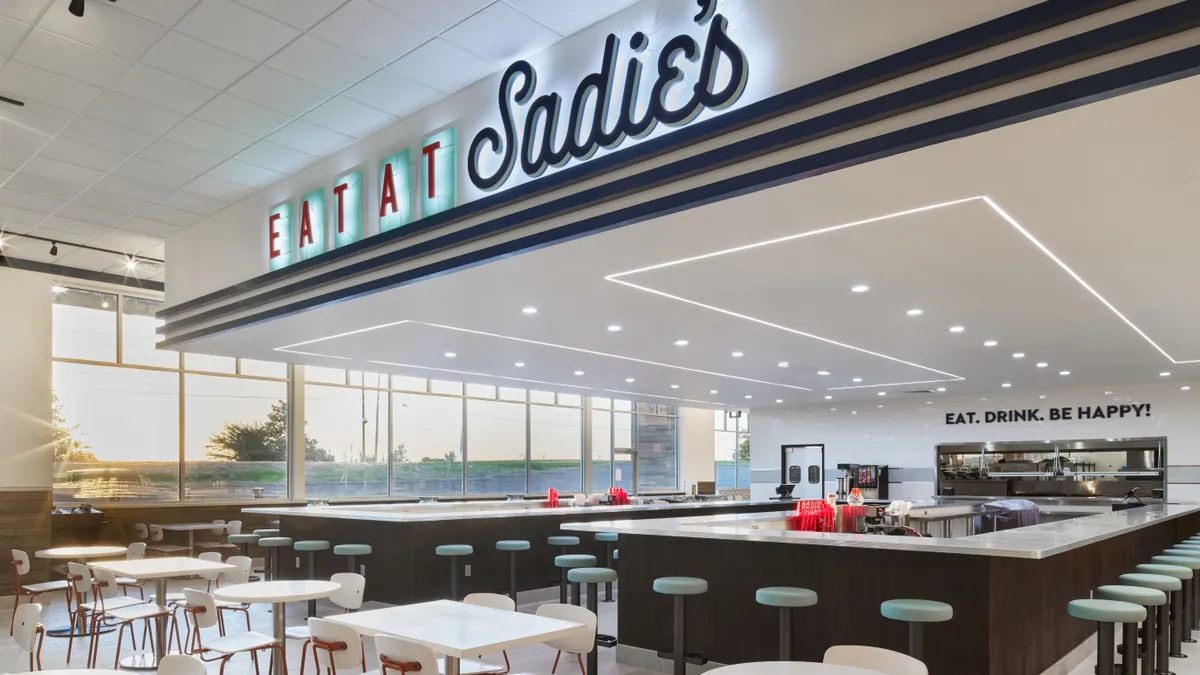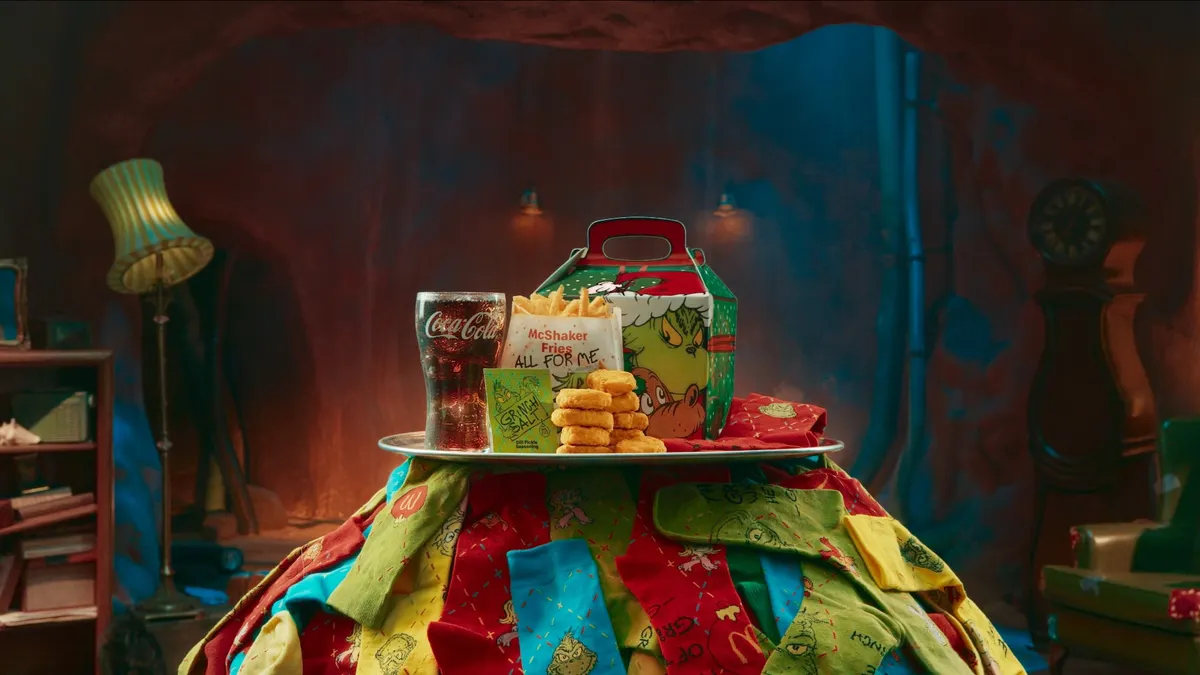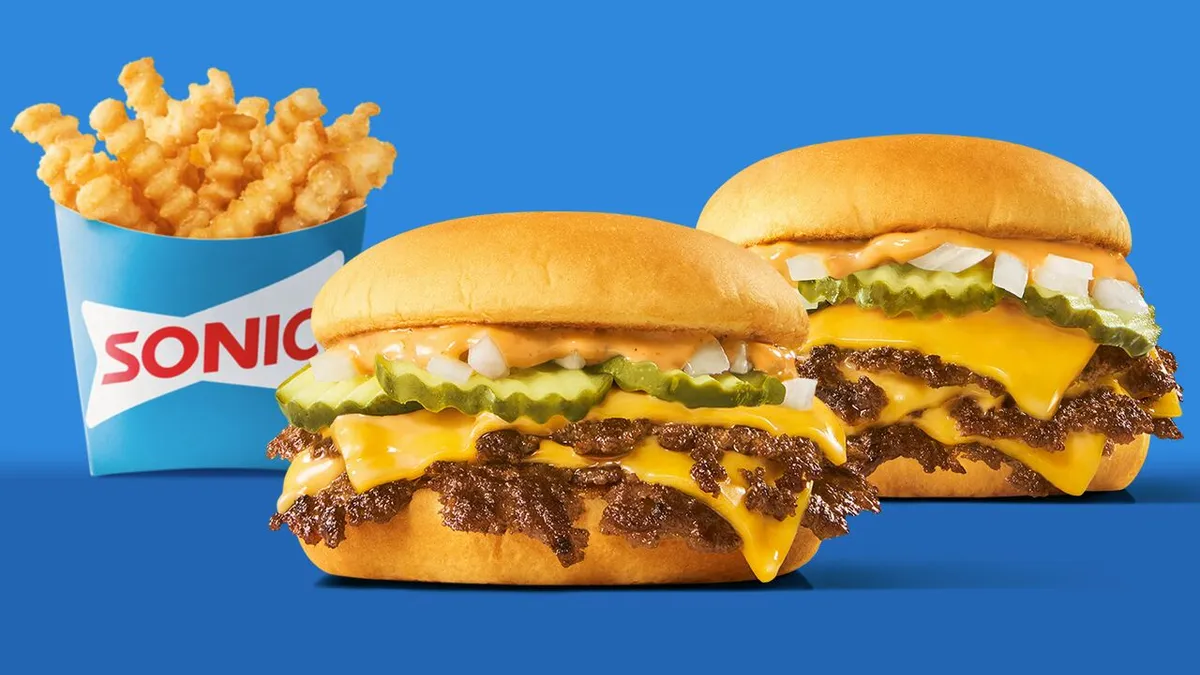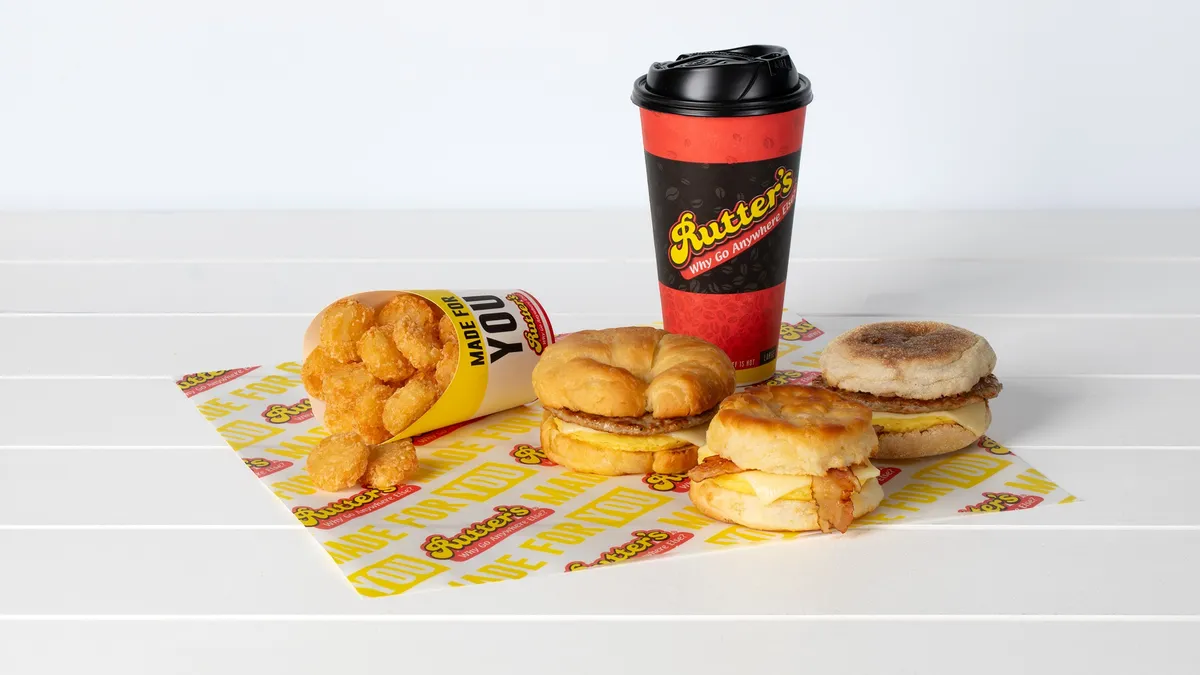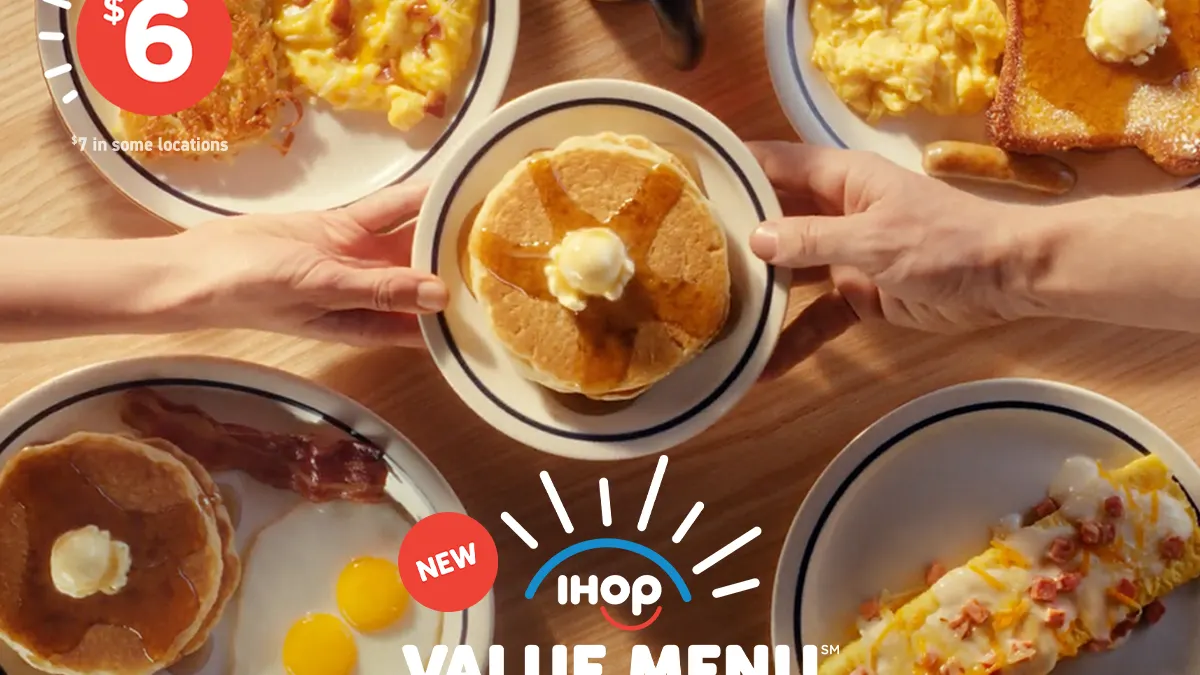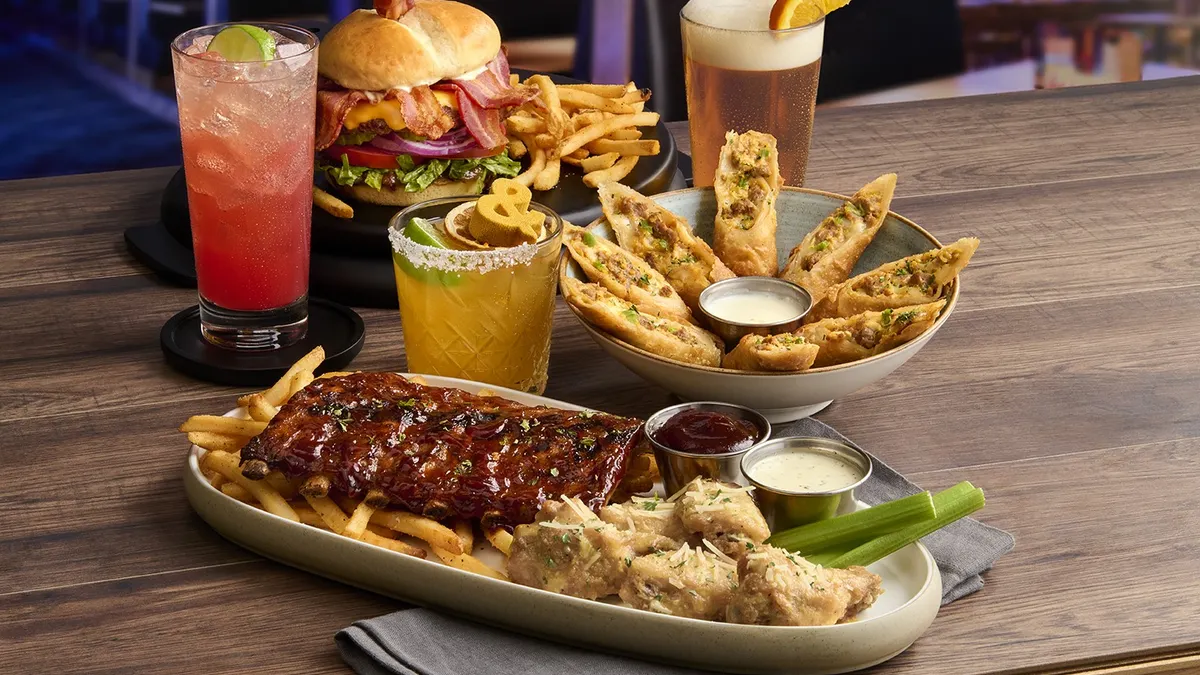Dining out with kids often involves bargaining — “eat this and you get dessert,” or “you liked it last week, remember?” Most kids’ menus stick to the basics, focusing on price, portions, recognizable dishes and attention to allergy sensitivities. But today’s media-savvy kids, raised on food trends like Dubai chocolate cups, are pushing restaurants to offer more adventurous, yet still kid-friendly dishes without breaking the bank.
Celebrity chef Marcus Samuelsson, for example, designed the Marcus Live Bar & Grille menu at indoor waterpark American Dream with young diners in mind. The “Kid’s Feast” section features comfort food favorites — nuggets, pizza, hot dogs, spaghetti — served with the same care and presentation as the adult menu. Yet it costs just a fraction ($13 a plate or less) of adult menu items, giving kids a chance to feel part of the full culinary experience without pinching parents’ wallets.
“Children are increasingly exposed to a variety of cuisines from a young age thanks to community diversity, travel, and media,” says Matt King, president and COO of Legal Sea Foods.
The restaurant chain has accommodated this trend by developing “more sophisticated” kids items, such as grilled salmon and fresh sides.
“Customization and flexibility also rank high, as parents seek out menus that allow for dietary preferences and portion sizes that work for their children, without stretching their budgets,” King said.
Successful kids menus need to reflect the “evolving tastes” of modern families, said Mark Weiss, senior vice president of Food & Beverage Design at Loews Hotels & Co.
“Parents are looking for balance and want meals that feel fun and approachable for kids, but that also align with how they, themselves, eat,” Weis said. “That means prioritizing fresh ingredients, responsible sourcing, and thoughtful portions over defaulting to overly processed or generic options.”
Weiss said he’s noticed significant shifts in the needs of families when it comes to kids’ menus. All of the food on Loews’ menus are made with non-GMO, organic ingredients with no growth hormones. There’s even an “Adventurous Eaters” section on the menus.
“Parents today are absolutely looking for value, but not at the expense of quality, health, or variety,” Weiss said. They're expecting thoughtful, well-balanced options that reflect what they’re eating at home, or mirror exactly what they are ordering themselves, just in a mini version.”
Thompson Restaurants likes to have a balance with its menu design with items that appeal to both kids and adults,said Alex Berentzen, COO of Thompson Restaurants.
Matchbox, a brand owned by Thompson Restaurants, offers smaller portions of adult menu items on its kids menu to elevate the experience. Sister brand Big Buns sells grilled tenders alongside fried tenders to provide health-conscious options, and both brands “allow for customization to help with those picky eaters,” Berentzen said.
Jason Stoneburner, chef-owner of Stoneburner, Sunny Hill, and Stoup Brewing venues in Seattle, Washington, points out that restaurants rely heavily on beverage tickets when it comes to revenue, so the overhead on every section of the menu has to add up.
“I always consider the price point and try to keep it at or below cost. There aren't any real margins on kids menus so the appeal is designed to make it easier for the adults,” Stoneburner said. “I make no concessions for kids menus — same organic flour for pasta and pizza, we even sneak some funky cheeses that make an appearance on the regular menu.”
Kids don’t always want the same thing
Children’s menus don’t always have to center around chicken tenders and pizza. Stoneburner said his restaurant’s fried cauliflower or cauliflower wings are popular and kids eat them like chicken nuggets.
“A menu that assumes all kids only want plain pasta or chicken fingers misses an opportunity to engage them,” Weis said “It’s also important to give kids their own dedicated section of a menu, but don’t stop there. When a child expresses interest in something from the main menu, the worst thing a server or kitchen can do is simply say no.”
The trick is not to overthink it.
“Offer a range of choices, from traditional kid favorites to more nutritious, globally-inspired options,” advises King.
While menu design is about creating a balance between what chefs think people want to eat and what chefs are excited to make, it’s a little different for kids menus, said Zach Pollack, chef-owner of Cosetta in Santa Monica, California.
“When it comes to kids menus, it's gotta be 100% about what kids want to eat,” Pollack said. “Sometimes you just have to leave your ego at the door and make the damn chicken tender.”
At some restaurants, giving back to kids inspires repeat business.
“Consider incorporating a charitable partnership component. For example, at Legal Sea Foods, a portion of the proceeds from every kids’ meal is donated to Boston Children’s Hospital, which reflects our commitment to giving back and resonates with families who want their dining dollars to make a positive impact,” King said.


